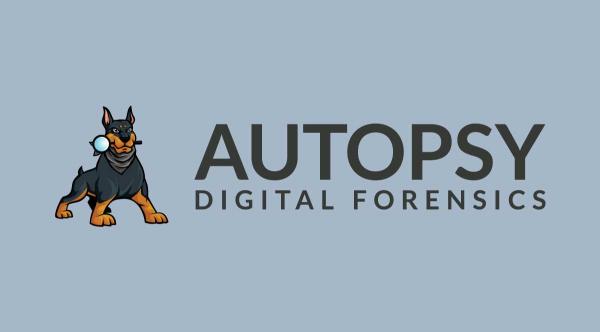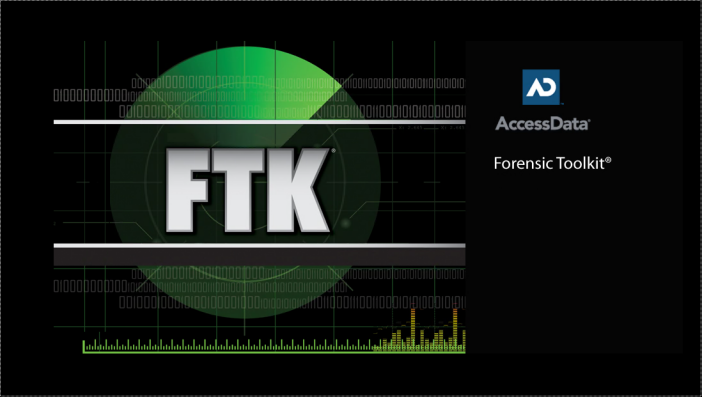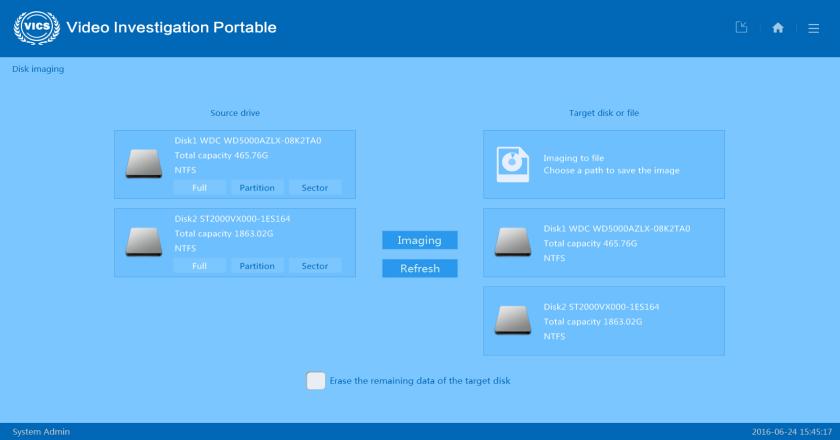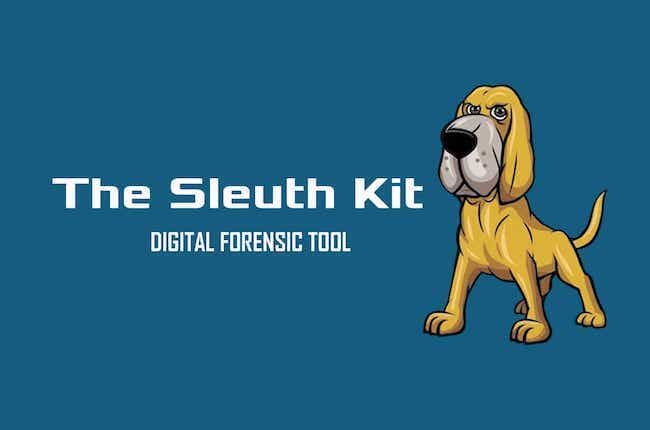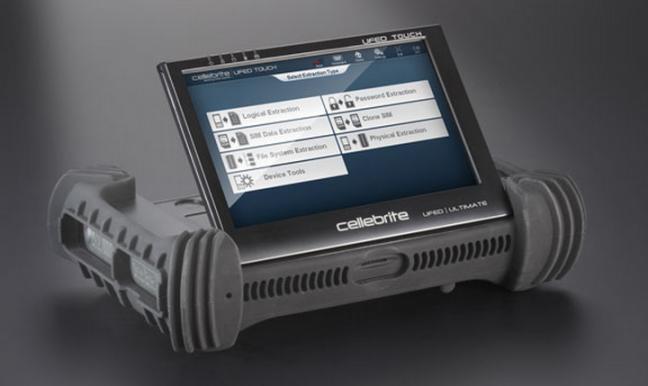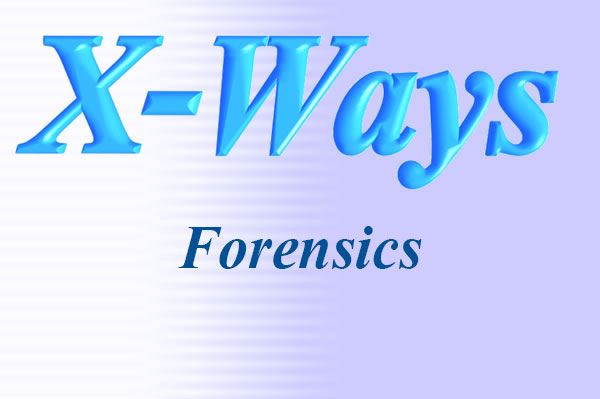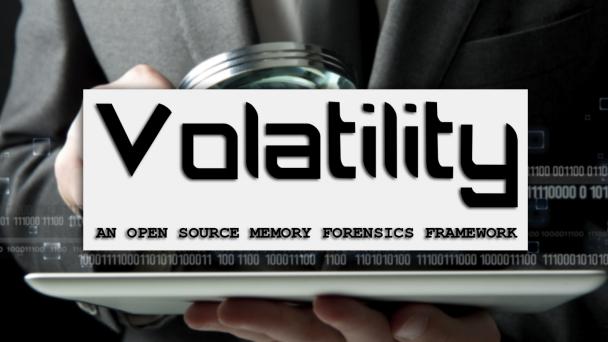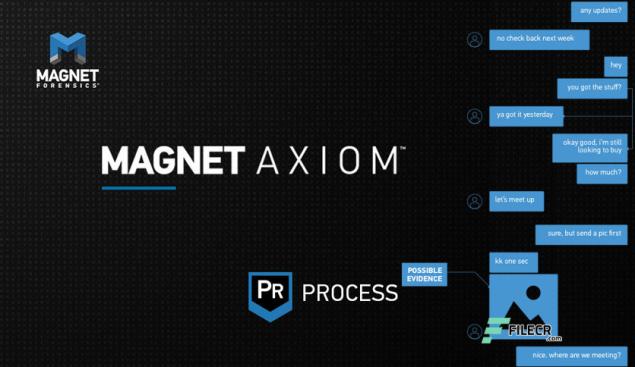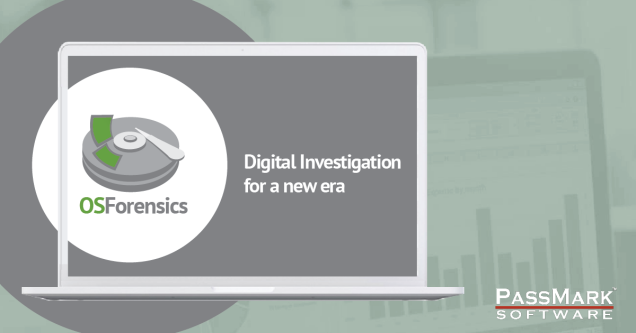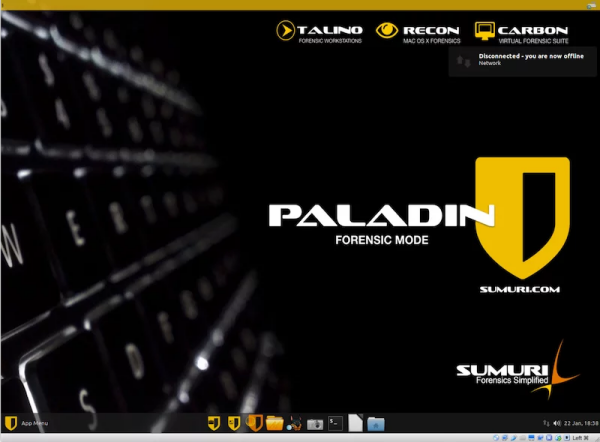10 Useful Digital Forensics Software in 2025
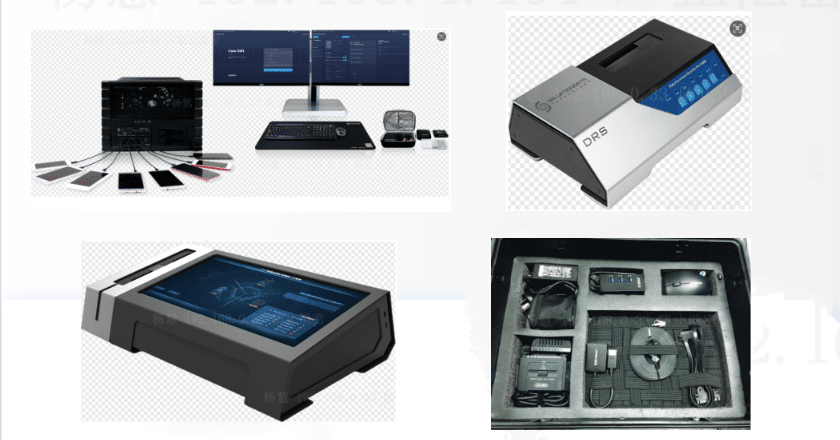
-
Content
- Introduction
- Notable Digital Forensics Software
- How to Choose the Right Digital Forensics Software?
- Conclusion
-
Content
- Introduction
- Notable Digital Forensics Software
- How to Choose the Right Digital Forensics Software?
- Conclusion
Introduction
Digital forensics software is a collection of specialized tools used to investigate digital devices, enabling the retrieval, inspection, and analysis of data from computers, smartphones, and tablets. Its primary purpose is to collect digital evidence for legal proceedings or to support investigations.
In today’s digital landscape, forensics software plays a crucial role. It allows experts to uncover hidden data, extract valuable information, maintain data integrity, decrypt encrypted files, and examine fine details. These capabilities are essential for preserving the integrity of evidence, ensuring its admissibility in court. Digital forensics tools are vital not only for law enforcement and incident response teams but also for cybersecurity professionals and preventative maintenance across industries.
Notable Digital Forensics Software
1. Autopsy
Autopsy is an open-source digital forensics software that gives investigators a full base to work from.
PROS
- ✓ Extensive Analysis Capabilities: Autopsy’s feature set ranges from file filtering to registry analysis, making it a flexible tool for a wide range of investigations.
- ✓ Community Support: Due to its open-source nature, it benefits from widespread use and participation, resulting in steady development.
- ✓ Educational Resource: Its numerous features and zero price tag have made it a popular choice in classrooms.
CONS
- ✗ Performance Issues: When dealing with larger data sets, Autopsy can be slow, affecting efficiency.
- ✗ Limited Support: Although community support is robust, official support might be lacking, especially for complex queries.
2. FTK (Forensic Toolkit)
FTK is a top-tier forensic analysis tool with extensive data-gathering and analysis features.
PROS
- ✓ Robust Processing Capability:It’s capable of processing massive amounts of data quickly, allowing for prompt analysis.
- ✓ Versatility: Useful for a wide range of forensic investigations because to its flexible file format support and extensive set of features.
- ✓ Collaborative Functionality: As a result of improved teamwork, investigations can go more quickly.
CONS
- ✗ Cost:As a premium service, it can be too expensive for some businesses, especially those of a smaller size.
- ✗ Complexity:Less savvy users may be put off by the software’s steep learning curve, which could slow down the investigation.
3. VIP 2.0 (Video Investigation Portable)
VIP 2.0 is an all-in-one video forensics software for CCTV DVR/NVR drives developed by SalvationDATA. It can efficiently recover deleted, lost, or fragmented videos and perform rapid and effective forensics.
PROS
- ✓ Multitasking: Capable of handling up to 8 tasks simultaneously, enhancing productivity.
- ✓ Wide Brand Support: From Hikvision to Sony, it supports an array of video surveillance brands, providing flexibility in investigations.
- ✓ Integrated Features: It includes everything from video retrieval to forensic reporting, making it a comprehensive solution.
- ✓ User Friendly: With logical and physical write-protection, user-friendly design, and automatic forensic report generation, it streamlines the investigative process.
Contact us to apply for a Free Trial Now!
CONS
- ✗ Cost: Unlike some open-source solutions, VIP 2.0 is not free, which might be a barrier for some users.
4. Sleuth Kit
The primary functions of the free and open-source Sleuth Kit are file system analysis and data carving.
PROS
- ✓ File System Support:Sleuth Kit supports a variety of file systems, ensuring compatibility with a wide range of platforms.
- ✓ Community and Research Opportunities: Being open-source, it’s a fertile ground for researchers and enjoys robust community backing.
- ✓ Integration with Autopsy: It can be used alongside Autopsy for a GUI experience, enhancing usability.
CONS
- ✗ Complexity: It’s command-line based, which might be intimidating for beginners.
- ✗ Limited GUI Options: While it integrates with Autopsy, native GUI options are limited, which might hinder some users.
5. Cellebrite UFED
Cellebrite UFED specializes as a mobile forensics software for data acquisition and analysis.
PROS
- ✓ Wide Device Compatibility:From smartphones to tablets, it supports a vast array of mobile devices.
- ✓ Regular Updates: It keeps up with the ever-changing mobile landscape through continuous updates.
- ✓ Integrated Cloud Data Extraction: It can even extract data from cloud backups, providing a thorough analysis.
CONS
- ✗ High Cost: It’s a premium tool, making it potentially out of reach for smaller organizations.
- ✗ Training Requirements: Its complex features necessitate proper training, which might pose challenges.
6. X-Ways Forensics
When it comes to forensic investigations and data retrieval, nobody does it better than X-Ways Forensics.
PROS
- ✓ Versatile Analysis Tools: From file structure analysis to data recovery, it offers a broad spectrum of capabilities.
- ✓ Flexible File System Support: It’s designed to handle various file systems, adding to its utility.
- ✓ Regular Updates: Frequent updates ensure that it stays current with the latest industry developments.
CONS
- ✗ Challenging Interface: Its interface can be complex, particularly for those new to digital forensics.
- ✗ Training Needs: Extensive training might be required to unlock its full potential.
7. Volatility
An open-source memory digital forensics software, Volatility specializes in analyzing RAM dumps.
PROS
- ✓ Plug-in Structure: Its versatile plug-in structure allows for tailored analysis.
- ✓ Comprehensive Community Support:Its community provides extensive documentation and support.
- ✓ No Cost: As an open-source tool, it’s accessible to everyone at no cost.
CONS
- ✗ Technical Expertise Required: It demands a deep understanding of memory structures.
- ✗ Limited Official Support: Community support is strong, but official assistance might be limited.
8. Magnet AXIOM
Magnet AXIOM is a well-known digital forensics software with exceptional evidence-gathering, analysis, and reporting capabilities.
PROS
- ✓ Holistic Approach: From acquiring data to visualizing connections, it covers the entire investigative process.
- ✓ Cloud and Mobile Integration: Its capabilities extend to cloud data and mobile forensics software, offering extensive reach.
- ✓ User-Friendly: Designed with an intuitive interface, it accommodates both seasoned investigators and newcomers.
CONS
- ✗ Cost: As a premium tool, it may be out of reach for some individuals or small entities.
- ✗ Occasional Performance Issues: Some users have reported performance challenges with large data sets.
9. OS Forensics
OS Forensics analyzes many facets of computers to help with digital investigations.
PROS
- ✓ Speed: Known for its fast search capabilities, it can sift through vast amounts of data efficiently.
- ✓ Password Recovery: It includes password recovery tools, which can be invaluable in investigations.
- ✓ User Activity Analysis: It’s capable of analyzing user activities, providing deeper insights.
CONS
- ✗ Complexity: Some features might require substantial training to utilize effectively.
- ✗ Cost for Full Features: While there’s a free version, unlocking all features requires purchasing the full version.
10. Paladin Forensic Suite
A Linux-based digital forensics software platform, Paladin includes various tools for analysis and data recovery.
PROS
- ✓ Wide Range of Tools: From imaging to analysis, it offers an array of pre-configured tools.
- ✓ No Installation Needed: As a bootable system, it doesn’t require installation, preserving the integrity of the system being analyzed.
- ✓ Free Version Available: A cost-effective option with a free version for those on a budget.
CONS
- ✗ Limited Support:May lack extensive official support or documentation, relying on community resources.
- ✗ Some Compatibility Issues: Depending on the hardware, there may be compatibility challenges.
Finally, there is a wide variety of digital forensics software available, from free and open-source programs like Autopsy and Sleuth Kit to expensive, all-inclusive programs like Magnet AXIOM. Budget, specialized demands, skills, and the sort of data being analyzed all play a role in determining which of these tools will be used. There is a specific forensics tool for practically any situation, whether it is software forensics for cybersecurity or VIP 2.0 for video evidence.
How to Choose the Right Digital Forensics Software?
1. Considerations for Law Enforcement, Commercial Organizations, and Incident Response
Various industries have specific needs. Compliance and evidence preservation must be strictly enforced for law enforcement. In the business world, data security and efficiency are top priorities, and incident response teams are charged with acting quickly to identify problems and fix them. Selecting the correct digital forensics software that is in line with company goals and regulatory norms requires a thorough understanding of these unique requirements.
2. Scope: Individual Tools vs. Suite of Tools
It’s up to you to decide if you need to buy individual tools or a suite to handle the job at hand. While individual programs have their uses, it is often more efficient to use several together. A forensics software suite, on the other hand, is a more comprehensive solution that can address multiple problems simultaneously, which can speed things up and make things easier during an investigation.
3. Privacy and Security Concerns
Confidentiality and security are of paramount importance in the field of digital forensics. The selected digital forensics software should prevent unauthorized parties from accessing the data during the review process. Always check for defensive features like encryption, authentication, and write-protection that provide an extra degree of protection for the tool. Before buying, make sure the product has been thoroughly inspected for safety flaws and conforms to all relevant regulations and standards.
4. Open-Source vs. Proprietary Tools: Expertise vs. User-Friendly Features
Although it may take more technical know-how to effectively maintain and update open-source software, the benefits of its greater flexibility and personalization are often worth the learning curve. Many proprietary systems have intuitive interfaces and one-on-one support to help new users get up and running quickly. Many considerations go into making this decision, such as the skill level of the team, the need for unique capabilities, and a preference for either free or paid maintenance.
5. Pricing Information: Open-Source Tools, Basic Suites, Large Organizations
Tool choice is heavily influenced by available funds. While open-source software is often free, using it effectively can require a high level of expertise. Suites with only the bare minimum of features can be expensive for all but the smallest businesses. Companies of a certain size may afford the more sophisticated suites that offer more features and help. Cost, functionality, and return on investment are all factors to consider while deciding on a tool.
Selecting the best digital forensics software necessitates careful consideration of a wide range of factors. Successful digital investigations and process integrity and reliability can be ensured by matching the tool with business goals, security standards, user expertise, and budget.
Conclusion
Digital forensics software are essential for a number of reasons, including the fact that they assist law enforcement in apprehending criminals and that they assist private firms in comprehending security breaches. The variety of contexts in which they might be deployed exemplifies the significance of these tools for ensuring the continued existence of a secure environment on the internet. When it comes to combating cybercrime, digital forensics tools are crucial since they are reliable, adaptable, and easy to use. Choosing the appropriate software for the job improves the speed and accuracy of investigations, which contributes to a safer online environment.
